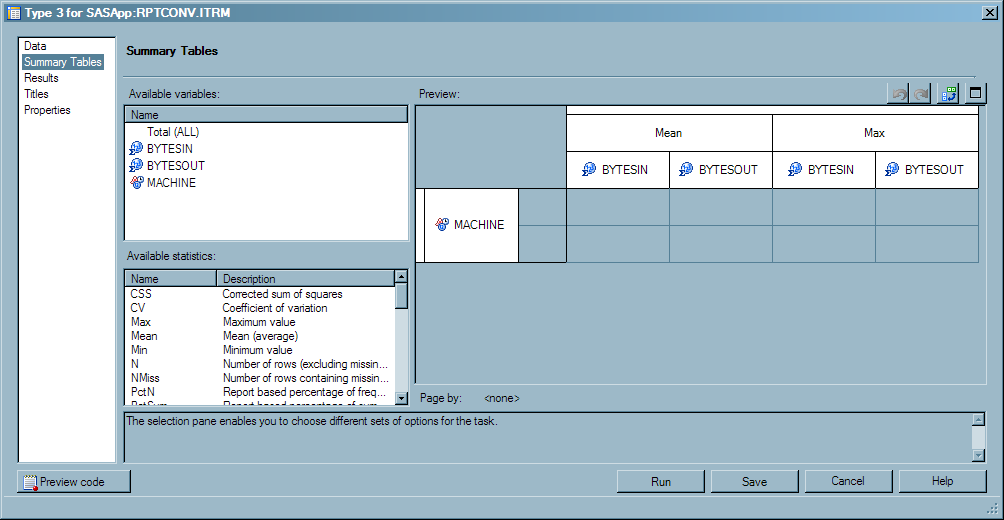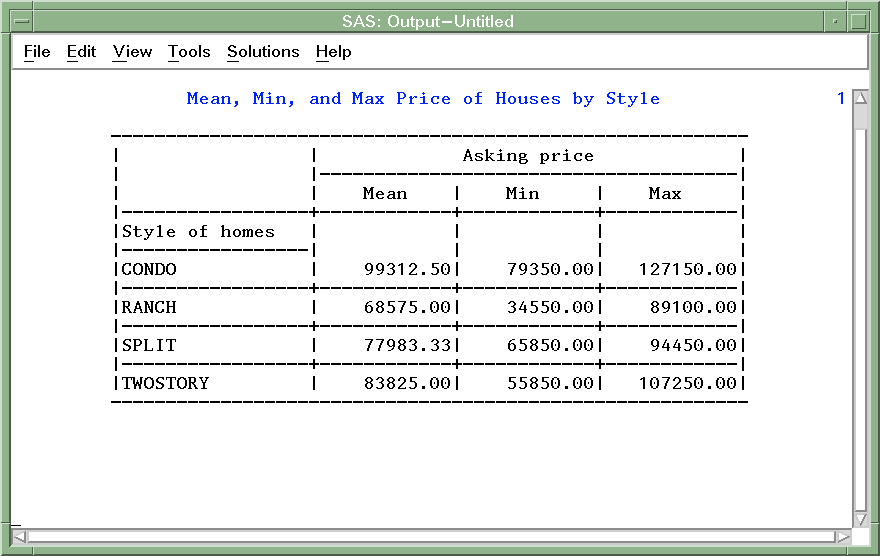

- Difference between tabular reports and matrix reports how to#
- Difference between tabular reports and matrix reports software#
- Difference between tabular reports and matrix reports free#
Joined reports allow you to look at summarized data across a variety of fields. In other words, a Joined report takes two or more separate reports and compares them. The last type of report is called a Joined report, and is used to compare the data of one or more reports. You can use this report type to see and compare different totals from your data. Matrix reports give you the ability to see data from two different dimensions that aren’t necessarily related. The Matrix report below shows data based on date and on stage. Matrix reports are slightly more complicated than Summary or Tabular ones, and are used when you need to group data into both rows and columns. Summary reports can also be used to create subgroups and to visualize data subtotals. In Summary reports, grouping is done based on the value of a selected field. In the report depicted above, for example, the data rows are grouped based on opportunity stage. Summary reports are the most commonly used type of report. With a Summary report, the user has the ability to group rows of data and create charts. Summary ReportĪ Summary report is similar to a Tabular report, but more powerful. Tabular reports cannot be used to create a group of charts, or compare various totals against one another. They’re best used for creating a single list of records, or a grand total. Tabular reports are similar to Excel spreadsheets, and contain organized fields of records. The Tabular report is the simplest report template available in Salesforce. Each report format offers a unique way to represent data depending on your analysis needs. There are four main types of Salesforce reports: Tabular, Summary, Matrix, or Joined. Salesforce reports live inside report folders, which can be public, shared, or hidden, and can be enabled with either read-only or editing access. Salesforce data can be displayed in reports in rows or in columns (or both), and users have various access levels available to them. One of the most popular Salesforce features is its ability to create custom reports based on sales data inputs.Ī Salesforce report is a visualization of data based on specific criteria and a timeframe defined by the user.
Difference between tabular reports and matrix reports free#
Boost productivity Add Salesforce to your Outlook or Gmail inbox Try Yesware Free Common Salesforce Report Types It is designed to help businesses be successful by facilitating and creating meaningful connections with their clients and prospects.

Put simply, Salesforce is a technology for managing all of your company’s relationships and interactions with customers and potential customers. It offers the ability to analyze sales data with real-time, up-to-the-minute updates, which sales managers and leaders can take advantage of to track their progress towards goals.

Salesforce is a powerful tool that seamlessly unites marketing, sales, customer service, and IT teams.
Difference between tabular reports and matrix reports software#
Salesforce software is used by sales teams all over the world to: Salesforce is one of the world’s leading customer relationship management (CRM) software platforms. Integrations to Measure Your Sales Performance in Salesforce.
Difference between tabular reports and matrix reports how to#
How to Create a Custom Salesforce Report.Metrics to Measure in a Salesforce Report.The Difference Between a Salesforce Report and Sales Dashboard.In this article, we’ll go over everything you need to know about Salesforce reports: the different types, how to create them, and how to leverage them to improve decision-making. They can also be used as inputs for graphical dashboard displays. Salesforce reports can give valuable insights into the health of a sales team and the sales process. A report is generated by organizing the desired data into rows and columns. A Salesforce report is a gathering of data based on metrics and criteria you define within the software.


 0 kommentar(er)
0 kommentar(er)
